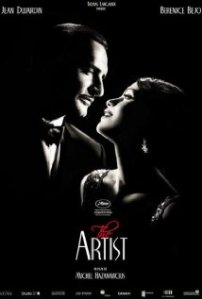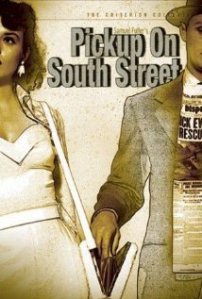“Brave” (2012)
red past
When you are a child, you seldom choose the films you watch. In a normal free world environment, a child will probably fall victim to the laws of the moment, to whatever is on. Of course over that there is the influence the educators may have on you, but that will profoundly vary from child to child, and every child will still see and contact the trends of his moment. I was lucky enough, i suppose, to be partly fed by Pixar as i grew up. The Toy Story thing was a part of my upbringing. Later when i started watching films seriously, and specially when i started mapping my living in the space (as an architectural student), i understood the importance of the cinematic stakes that Pixar was playing all along. The space, the movement the camera.
Well, that seems to be suspended, at least for the moment. PIxar is now Disney, and that shows. The themes are aligned with what Disney knows that sells, and that contrives the whole creative process that used to be groundbreaking for each Pixar project.
The space narrative is abandoned, and i can understand that specially in this film, because the space had potential. We had the castle, we had the highlands. Outside and inside, and infinite possibilities. But the framing, the movement of the camera, the quality of the cinematic space, all that is gone, sacrificed so that we can have the repented child trying to mend the wrong she has made to her mother, trying to put the world to the happy end that Disney requires to keep their ticket buyers tuned in, satisfied, and with the sense that they took their children to see a film with a “moral”, with something to think about.
Everything creative seems to have been invested in the main character, the girl, who Is interesting. She lives on her hair, and the scene where she receives the claimants to her hand is remarkable in how much of the character is gone by the covering of her hair. The slipping hank is a wink, i suppose.
That redness, and the expression of the character through it may be the one redeeming feature of this film. But i feel deceived, i feel that a person i used to visit since i was a child is no longer there to give wisdom. Well, let’s hope for better chapters.
My opinion: 2/5









